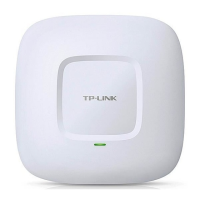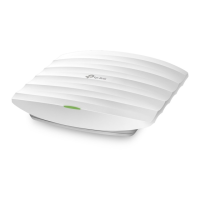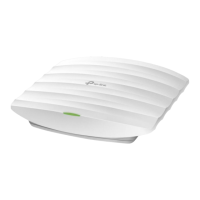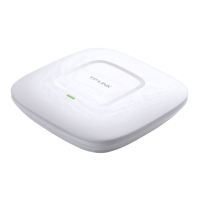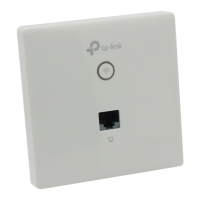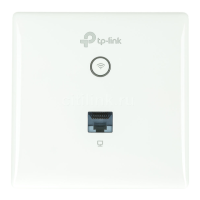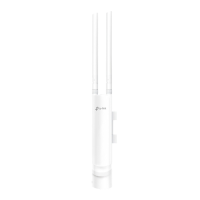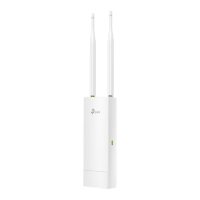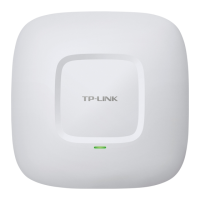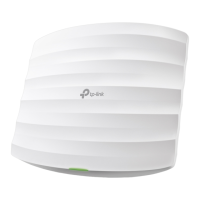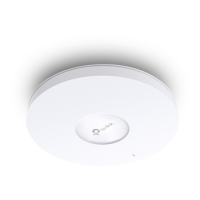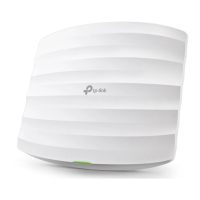76
Hexadecimal: Hexadecimal format stands for any combination of
hexadecimal digits (0-9, a-f, A-F) in the specified length.
Key Type:
Select the WEP key length (64-bit, or 128-bit, or 152-bit) for encryption.
64-bit: You can enter 10 hexadecimal digits (any combination of 0-9, a-f, A-F
without null key) or 5 ASCII characters.
128-bit: You can enter 26 hexadecimal digits (any combination of 0-9, a-f, A-
F without null key) or 13 ASCII characters.
152-bit: You can enter 32 hexadecimal digits (any combination of 0-9, a-f, A-
F without null key) or 16 ASCII characters.
Key Value:
Enter the key value.
WPA-Enterprise
Based on RADIUS server, WPA-Enterprise can generate different passwords for different users and
it is much safer than WPA-PSK. However, it costs much to maintain and is more suitable for
enterprise users. At present, WPA-Enterprise has two versions: WPA-PSK and WPA2-PSK.
Figure 7-7 Security Mode_WPA-Enterprise
Version:
Select one of the following versions:
Auto: Select WPA-PSK or WPA2-PSK automatically based on the wireless
station's capability and request.
WPA-PSK: Pre-shared key of WPA.
WPA2-PSK: Pre-shared key of WPA2.
Encryption: Select the encryption type, including Auto, TKIP, and AES. The default setting
is Auto, which can select TKIP (Temporal Key Integrity Protocol) or AES
(Advanced Encryption Standard) automatically based on the wireless station's
capability and request. AES is more secure than TKIP and TKIP is not supported
in 802.11n mode. It is recommended to select AES as the encryption type.
RADIUS Server
IP/Port:
Enter the IP address/port of the RADIUS server.
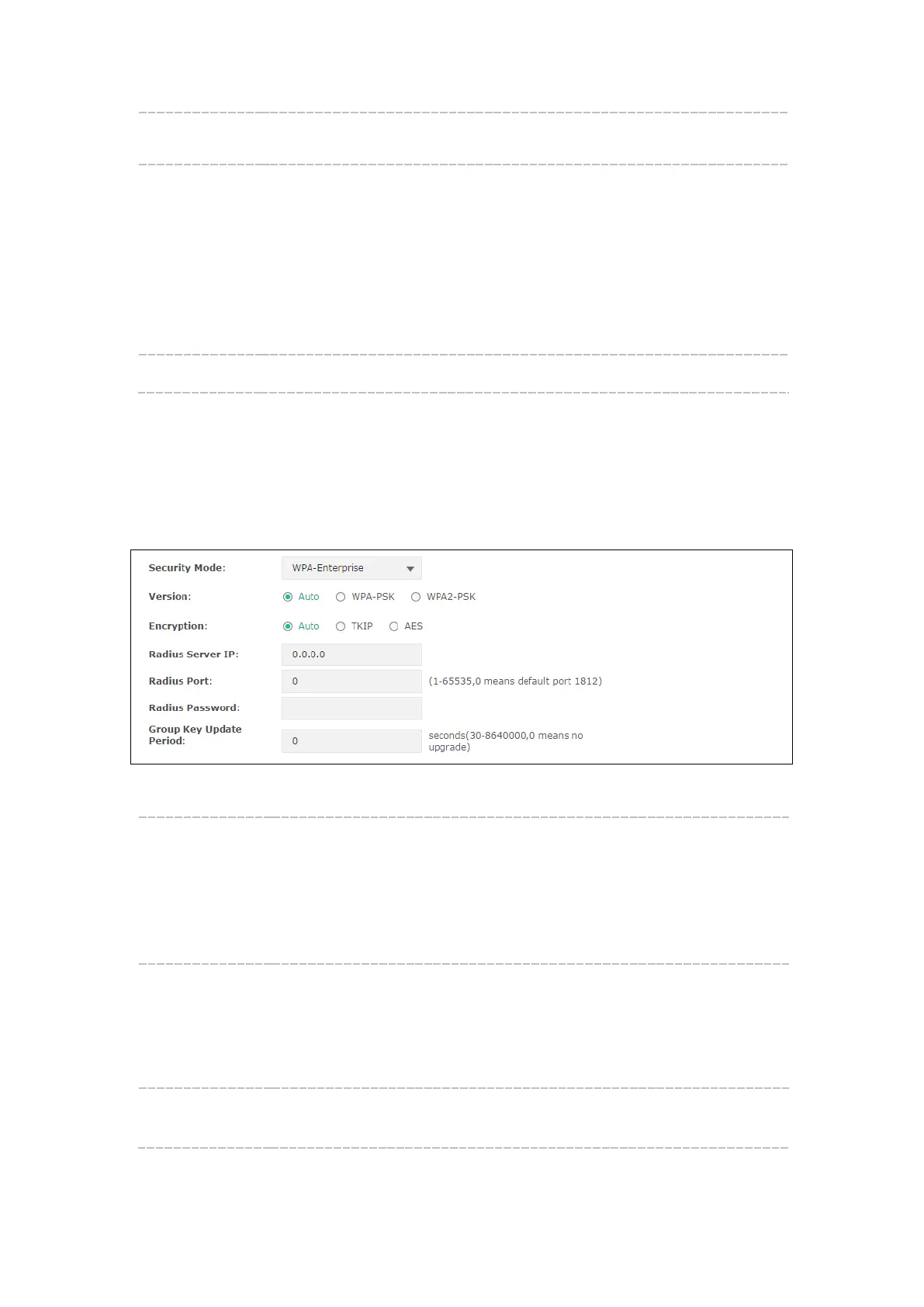